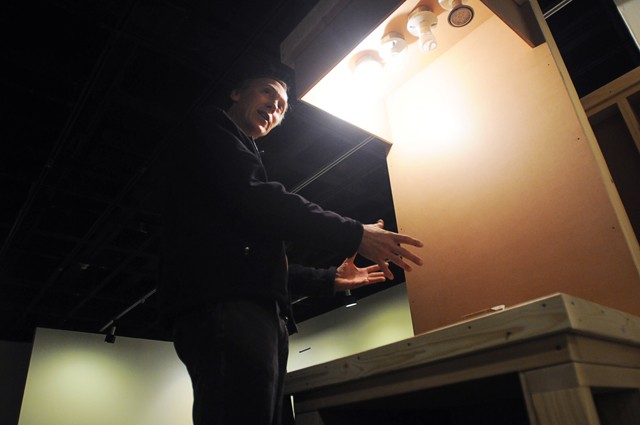The Bell Museum will be showcasing a new exhibit called “Sustainable Shelter” that will look at innovative home-building technologies and different ways to cut energy costs.
The exhibit will open Oct. 16 to the public and will run until May. The museum will also host a reception Nov. 11 where University of Minnesota researchers will be on hand to answer questions.
Along with the exhibit, the UniversityâÄôs ICON Solar House will be relocated across the street from the museum, according to Don Luce, Bell Museum
curator.
The ICON house, built by University students last year, is run on solar power and is an example of a sustainable house. ItâÄôs been up for sale for since last spring but found no buyer.
There will also be tours of the house, which placed fifth internationally at the Department of EnergyâÄôs Solar Decathlon in 2009.
The exhibit is mostly funded by a Department of Energy grant. Several businesses have also contributed to the exhibit.
“[This exhibit] is trying to look at nature, look at your personal life and look at environmental issues through the lens of your home,” Luce said.
The exhibit will feature several models, including a seven-foot replica of a termite colony âÄì something researchers are very interested in, Luce said.
“They have this whole system of maintaining a constant temperature and humidity inside the termite mound without any energy use,” Luce said.
Researchers and architects have studied the design of termite mounds in hopes of adapting the technologies to human buildings.
Visitors will also be able to trace where steel and concrete originate in the Earth. The environment exhibit coincides with a lecture at the Carlson School of Management on Tuesday afternoon on behalf of the UMore Park development.
The lecture featured world-renowned eco-city expert Joachim Eble, who discussed his work on green cities across the world.
The eco-cities are found mostly in Europe and Asia, according to Eble, and are zero-carbon settlements.
“Nothing comes in, and nothing comes out,” he said.
The UniversityâÄôs UMore Park will be an eco-city. The settlement will be located in Dakota County, 15 minutes away from the Minneapolis-St. Paul International Airport, according to a UMore Park statement.
Planners envision that in 25 to 30 years the University-founded community will be home to up to 30,000 residents.
Thomas Fisher, dean of the UniversityâÄôs College of Design believes the economic downturn is good timing for eco-city development.
“I think the talk today is timely, and I think the UMore ParkâÄôs development is timely,” Fisher said. “I think all of us collectively need to imagine new standards in living.”


